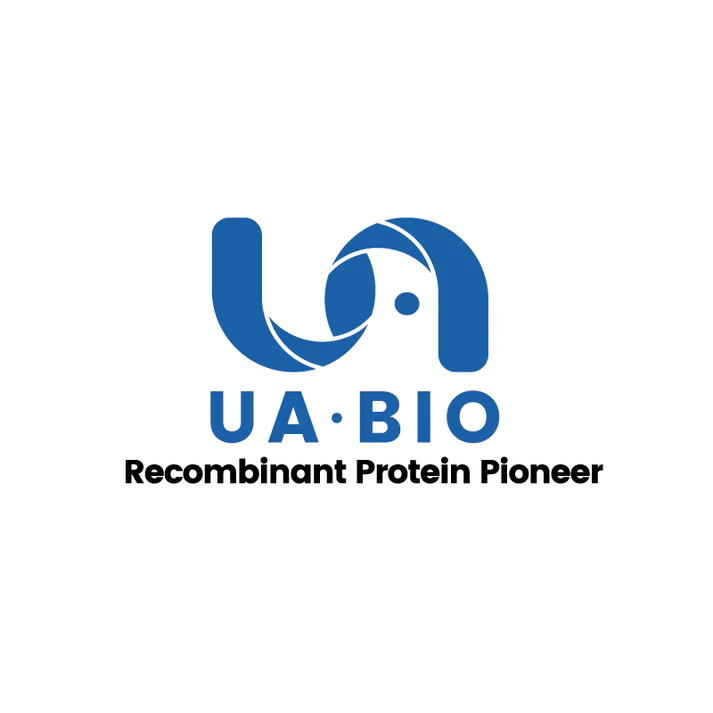1μg (R: reducing condition, N: non-reducing condition).
Product Details
Product Details
Product Specification
| Species | Mouse |
| Synonyms | ENPP3, CD203c, NPP3, E-NPP3, PD-Ibeta, NPPase, PDNP3 |
| Accession | Q6DYE8 |
| Amino Acid Sequence | Arg46-Ile874, with N-terminal His Tag |
| Expression System | HEK293 |
| Molecular Weight | 100-120kDa (Reducing) |
| Purity | >95% by SDS-PAGE |
| Endotoxin | <0.1EU/μg |
| Conjugation | Unconjugated |
| Tag | His Tag |
| Physical Appearance | Lyophilized Powder |
| Storage Buffer | PBS, pH7.4. |
| Reconstitution | Reconstitute at 0.1-1 mg/ml according to the size in ultrapure water after rapid centrifugation. |
| Stability & Storage | · 12 months from date of receipt, lyophilized powder stored at -20 to -80℃. · 3 months, -20 to -80℃ under sterile conditions after reconstitution. · 1 week, 2 to 8℃ under sterile conditions after reconstitution. · Please avoid repeated freeze-thaw cycles. |
| Reference | 1.Yao, Wang, Han et al.[J] J Transl Med. (2023) 21 (1), 594. |
Background
NPP3 (CD203c, ENPP3) is a member of the human NPP family. NPP3 is expressed in multiple organs, including on epithelial and mucosal surfaces, and notably on basophils and mast cells. This protein is in fact a common marker for diagnosing allergen sensitivity with patient basophils by flow cytometry. Basophils and mast cells mediate the response to certain pathogens, as well as acute and chronic allergic reactions. Following activation, these cells release ATP, which further stimulates them in an autocrine manner. NPP3 upregulation serves to degrade ATP and suppress chronic allergic inflammation (but not the acute response).
Picture
Picture
SDS-PAGE
SEC-HPLC


